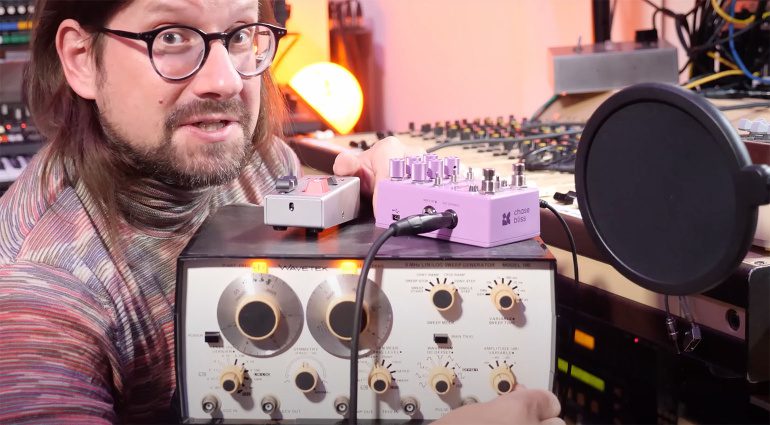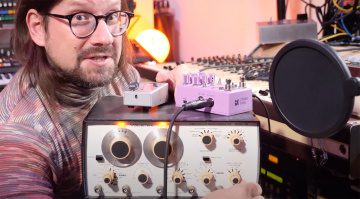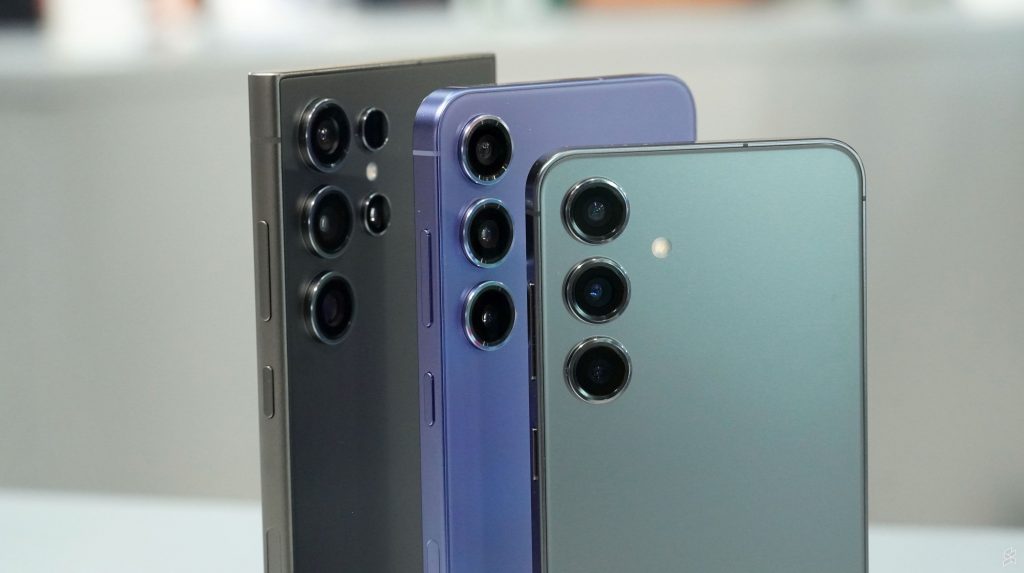From an incredibly useful button to an utterly useless piano: these were my personal tops and flops of this week.
PLUS 3: The Most Useful Button You Can Buy for $79
I like to cook, it’s one of my favorite things to do besides music. So it goes without saying that I enjoy kitchen gear almost as much as music gear. In fact, my kitchen is almost as decked out with gear as my studio. I can spend hours browsing the kitchen gadget section of my local department store. However, I rarely buy anything these days.
That’s because I try to avoid buying stuff that only does one thing. It would never occur to me to buy a pineapple corer, for example. Or a corn cob stripper. The real estate in my kitchen drawers is way too valuable for that.
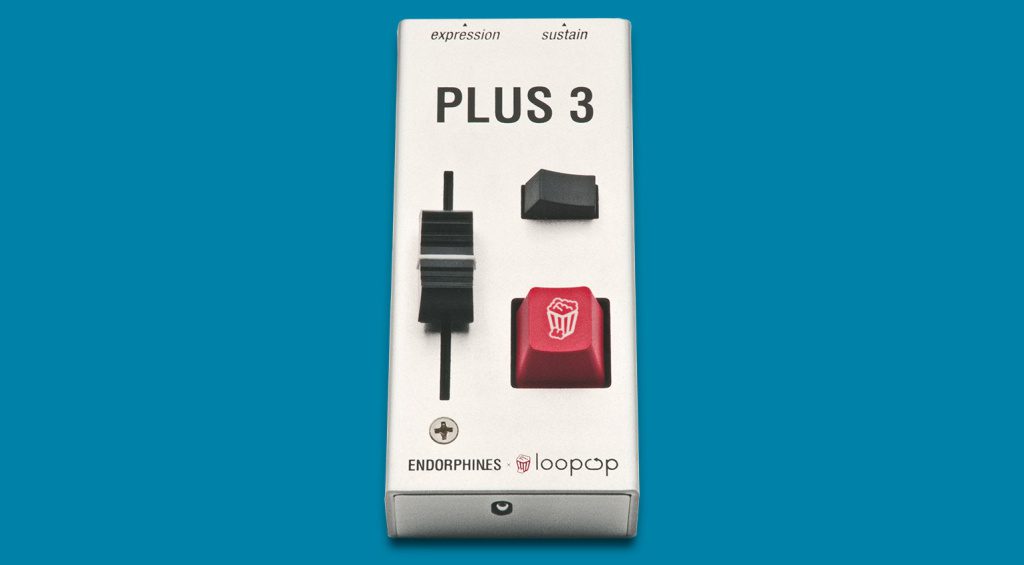
Instead, I like to invest in high-quality tools and gadgets that let me do many things. Like a couple of really good knives, a Microplane® (not sponsored), or an immersion blender. Simple, but incredibly versatile. And that’s why PLUS 3 by Endorphin.es and Loopop was one of my personal highlights this week.
PLUS 3 is a deceptively simple, yet amazingly versatile sustain and expression controller. Who would’ve thought you could make a 30-minute video about an inconspicuous little passive box with a big red button and a fader? Well, they did, and yet they were far from running out of ideas of what to do with this thing.
PLUS 3 puts sustain and expression controls at your fingertips – it’s that simple. What normally comes in pedal form and plugs into the back of your keyboard controller becomes an incredibly powerful tool as a little desktop box. Use it to control your desktop synths or modular system, or convert the signals to MIDI to control whatever you like in your DAW. It even works with test equipment, as Hainbach proved!
With well-thought-out features like a drone mode and the option to use it as an attenuator for CV signals, PLUS 3 will undoubtedly become an indispensable tool for anyone performing with a desktop or modular setup. Use it to latch and hold arpeggios, control macros, turn stuff on and off, or improvise over drones. It’s the kind of simple, but highly useful device that belongs in anyone’s toolkit. A chef’s knife. Awesome job!
PLUS 3 is now available for $79 / €79. Money well spent, I’d say.
Elektron Tonverk Isn’t (yet) a Thing – but Overbridge for Digitakt II Soon Is!
Elektron fans across the world got all excited last week when a picture of a new device named “Tonverk” broke the internet. Could this be the Octatrack replacement we’ve all been waiting for? Heated discussions ensued about the features this new instrument might or might not have. With Elektron having registered the name “Tonverk” as a trademark earlier this year, the leaked picture seemed to confirm the release was imminent. Where was the order button?! After all, it looked pretty complete, albeit a bit dusty.
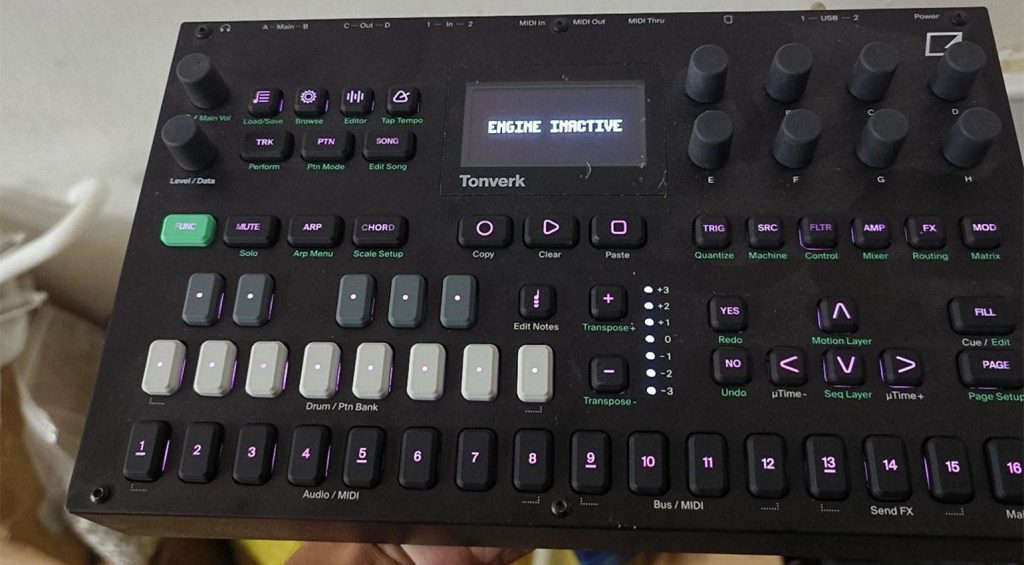
Well, bummer.
Soon after, Elektron decided it was time to chime in and put an end to the raging speculations. As it turns out, Tonverk is not about to be released. If we’re to believe Elektron, it’s simply one of “a number of prototypes in various stages of development”. What it is and whether or not it’ll be released remains to be seen.
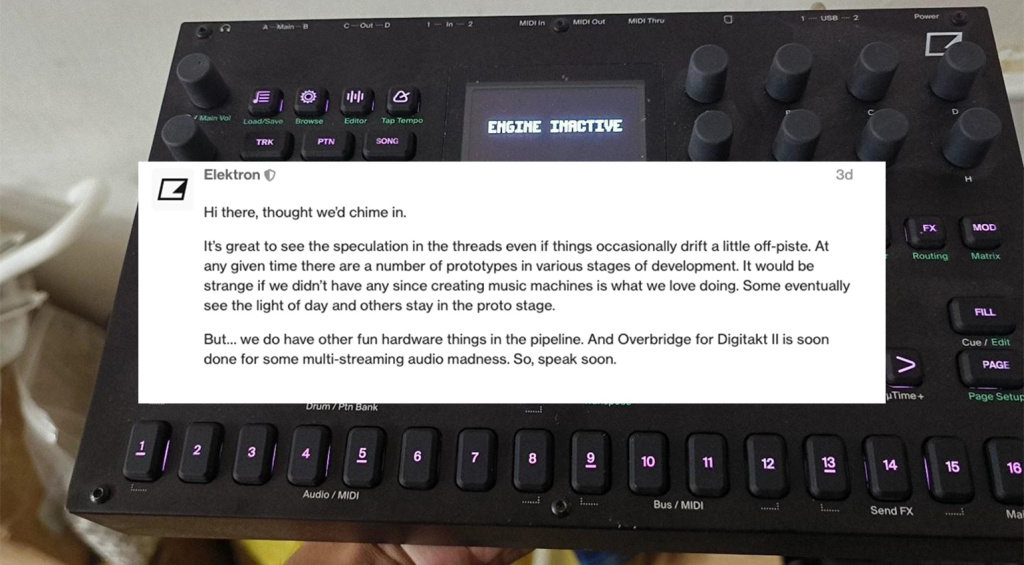
But there was one more thing. In the same message, Elektron did offer another bit of news that’s almost as exciting – at least to anyone who bought the new Digitakt II, including myself. Like all owners of the second-generation Digitakt, I’ve been waiting patiently (not!) for Overbridge to become available. After all, the lack of individual outputs remains one of the sampler’s few weaknesses. Having ordered the new Digitakt right when it was announced, blindly assuming that Overbridge would be available from the start, I’ll admit that I was slightly bummed out when I discovered that it wasn’t. The longer it took, the more I began to question my investment.
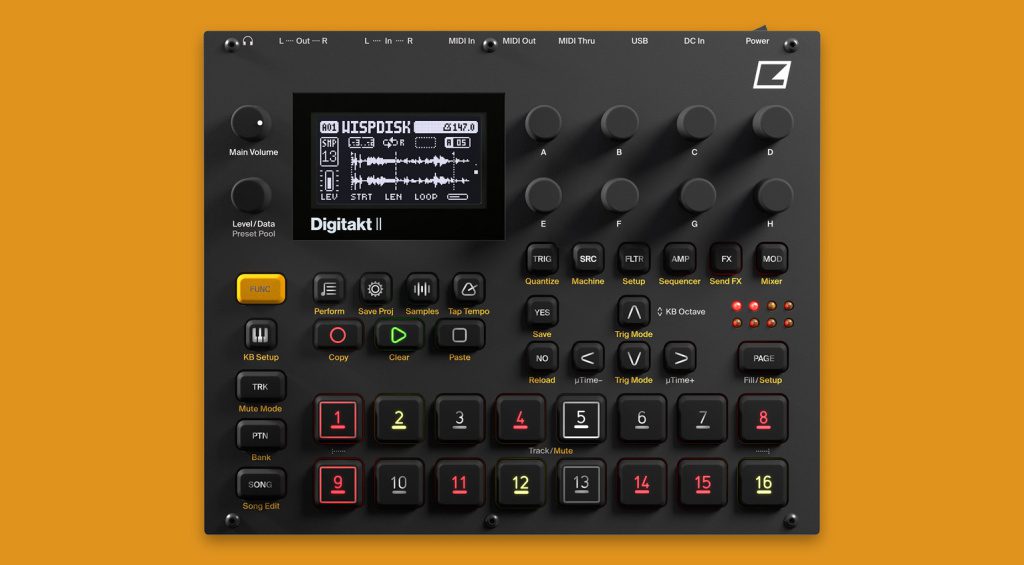
But now it looks like we’ll soon finally be able to harness the power of multi-channel audio! According to Elektron, Overbridge for Digitakt II is “soon done”. So, a happy ending to what could’ve been a disappointing story!
Duolingo Piano: They Can’t Be Serious
Yes, Duolingo now makes a piano. Or at least that’s what they call it. Designed to pair with the language learning app’s new music courses, the Duolingo Piano is a rebadged and repainted version of the Loog Piano. It comes with a built-in battery and loudspeakers and connects to your smartphone over USB-C. And while I had to exercise some restraint when I wrote the news piece, this is my personal column, so I can speak freely.
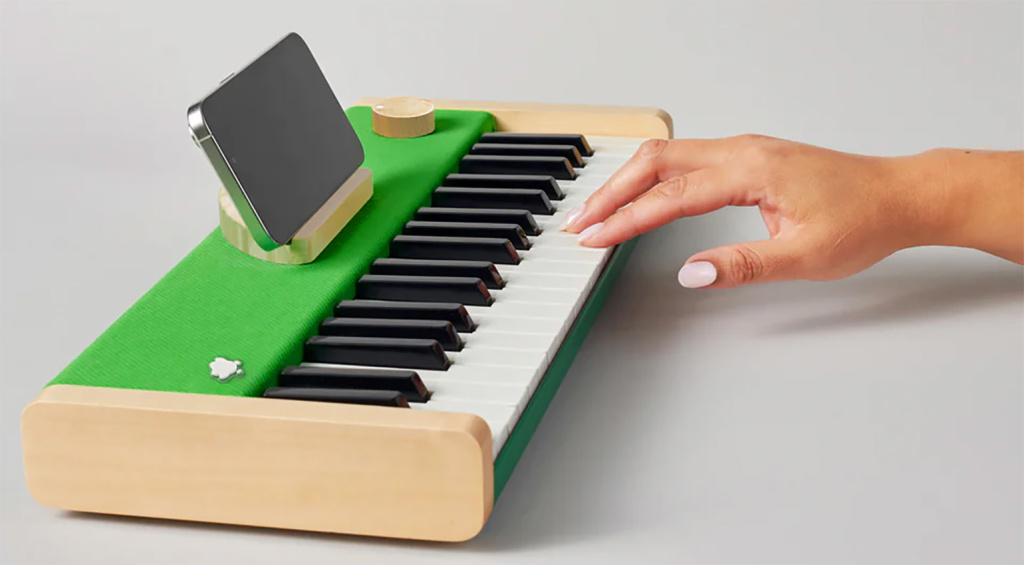
I’ll admit that it’s kinda cute. But look closely at what you’re getting here: a digital “piano” with a single sound and three octaves of mini keys. That’s not even enough range to play Bach’s Prelude No. 1 in C Major – one of the first “serious” pieces of music piano students typically learn to play. Not to mention the fact that mini keys will mess up your muscle memory and you’ll have to relearn all the chords and intervals when you switch to a more grown-up instrument.
Prelude in C Major – you’d run out of range on the Duolingo Piano at about 1:07
To me, the Duolingo Piano looks like an overpriced input device designed for playing through the basic sight reading and chord lessons in the app. And if that’s what you want, it’s probably fine, although there are much cheaper options out there for that, as well. As soon as you get into actually learning to play, however, it’ll be utterly useless. These days, you don’t have to spend much more than the $249 the Duolingo Piano would cost you to get a nice and good-sounding digital piano with an 88-key hammer action keyboard that’ll be fun for years to come. Chances are it’ll even work with the Duolingo app. Consider your options carefully.
*This post contains affiliate links and/or widgets. When you buy a product via our affiliate partner, we receive a small commission that helps support what we do. Don’t worry, you pay the same price. Thanks for your support!

